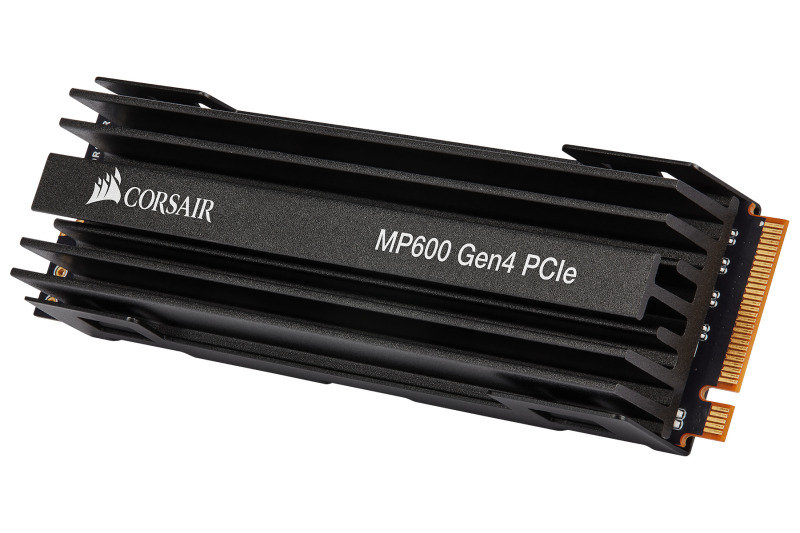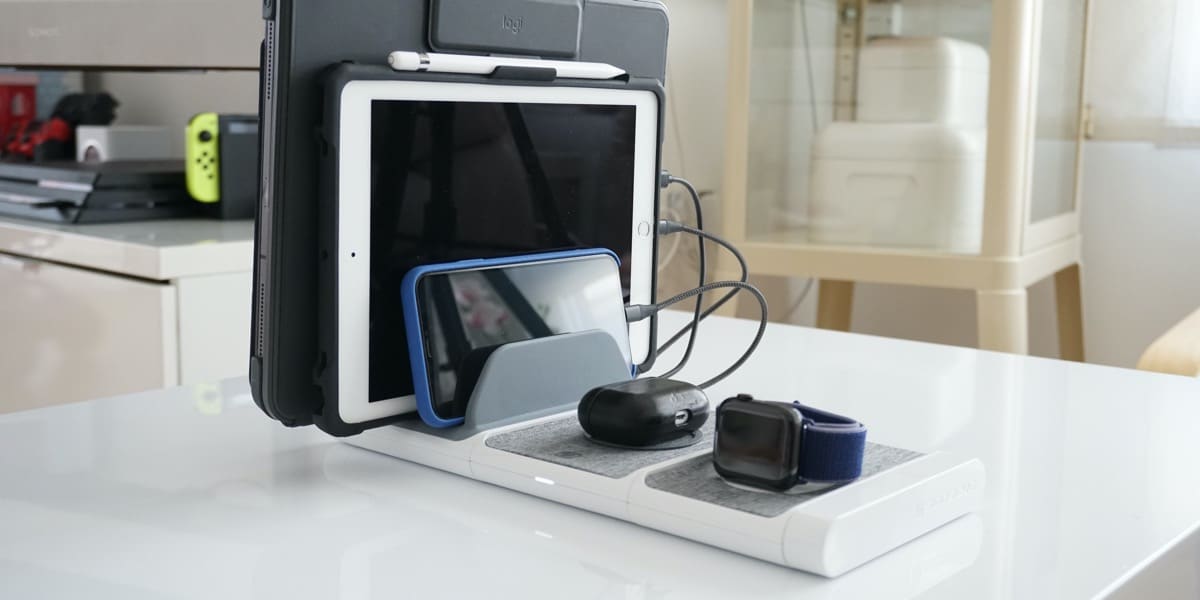That's PlayStation 5. Sony's Mark Cerny showed us some impressive specs in a recent live broadcast, including an 8-core Zen 2 CPU, advanced SSD read and write speeds, 3D audio, and powerful graphics capabilities .
It's backwards compatible with most PS4 games, which is great news, isn't it? But we are not looking backwards. We must face the future, open a Newegg tab in the browser, and figure out which PC the PS5 specification will produce. So let's do this. Because we have to.
But first, with conditions: Direct comparison is a fool's business
This kind of dispute occurs whenever a new console comes out, so let's start by clarifying that the PC and console are essentially different technology ecosystems and trying to equate one specification with another. Find out.
The console is a closed platform. Developers know exactly What their game user base will be based on, so they can optimize their game engine for that exact specification. It's completely different on a PC. You may want to run Shoot The Cool Gun 5 on a shabby GTX 680 and a dual-core Intel CPU. You probably have two RTX 2080 Tis and definitely want to make Cool Game Soft Inc. fully use all your GPU features. Gosh, you might even be using AMD hardware and some obscure controllers.
All of this means that developers who develop consoles and PC titles have different views on the specifications of the target platform, and in some respects, the console's hardware is more "powerful" for existing features in that closed platform .
Looking at recently available PC components does have some value. First of all, cost estimation in various parts can let us understand the value proposition of PS5, and identifying the components closest to the components in Cerny's latest box can let us know how much the next generation product has improved from the previous generation. How good will the game look? What kind of innovation will they bring? Let's make some educated guesses.
CPU: AMD Ryzen 7 3700X, £ 270
The CPU specifications announced by PS5 are AMD Zen 2 units with 8 cores and variable 3.5GHz clock speed. It's unclear whether 3.5GHz represents the speed of increase at the top of the variance or at the benchmark figure.
All the chips currently on the market in Zen 2 have a boost clock function, which can extend the basic clock from 3-4GHz to more than 4GHz, so no one is equivalent to the PS5.
I chose the 8-core Ryzen 7 3700X because its base clock is 3.6GHz. At present, it is in a cost-effective pocket, so it has proved very popular in the PC market over the past year. This is not a revolutionary step for the PS4, but its use with other components will undoubtedly increase the performance ceiling.
GPU: AMD Radeon RX 5700, £ 265
The following is our understanding of PS5 graphics processing: 10.28 TFLOP, 16GB GDDR6, 36 CUs at 2.23GHz, RDNA 2 architecture.
There are a lot of things to open there. CU or computing unit is a little bit Just like Nvidia's CUDA kernel, but it cannot be directly compared. In fact, this is the number of multiprocessors on the chip. TeraFLOPS is the number of floating-point operations that the card can handle per second. 10.28 TFLOPS is 1028 million floating point operations per second.
Based on these numbers alone, AMD's current RX 5700 GPU is the closest thing to the wild. The number of CUs is the same, but 14GB of memory is slightly less, and-most importantly-it runs on older RDNA architectures. RDNA 2 means that there may be higher clock speeds inside the PS5.
Then consider cooling. PC graphics cards are huge blocks, surrounded by fans, which are located in spacious, well-ventilated spaces. The graphics unit of the PS5 may not. Cerny's team will be able to design a custom cooler that can optimally disperse the heat in the space, but it remains to be seen if it can dissipate heat at a speed that supports huge clock speeds.
SSD: Corsair MP600 m.2 PCIe 4.0 1TB, £ 200
Sony has expanded the capabilities of the PS5 SSD, suggesting that it will almost eliminate load times, clean up houses and win you a platinum trophy when idle.
This is based on the so-called 5GB / s bandwidth, instant seek time and 865GB capacity, which will really reduce those annoying "Should I delete Persona 5? Will I go back and finish it?"
Since the advent of PCIe 4.0 m.2 drives, 5GB / s bandwidth in the PC field has been around for some time. Using this Corsair model and previous components, we have reached or exceeded the PS5 price that most people expect. So far, these comparisons have been rough and sufficient, and it can be concluded from Cerny's specifications that if the price is below $ 800, you will get considerable value.
driver: Pioneer 4K UHD Blu-ray Burner, £ 125
Physical media? Yes, I remember it well. You know, we used to go to the store and took off the circular base on the cellophane-wrapped rectangle before buying and rushing home to show our shiny new treasure to the whole family.
I digress. Disk drives don't seem to matter today, but to match the 4K Blu-ray drive of the PS5, you still need to invest some money. It really makes it easier to watch UHD movies.
Moreover, we didn't even talk about the new controller, nor did we mention Sony's emphasis on native 3D audio that does not rely on Dolby Atmos-the fact is that it is not clear how the latter works, or How the former differs from its predecessor. But according to Cerny's specifications so far, the broad prospects of the PS5 are equivalent to gaming PCs that can run most games at super settings and 1080p60fps or 4K30fps. Sony certainly has its own technology to downsample 4K images, but we can at least conclude that the visual effects of the PS5 will be greatly improved.
Of course, you can't just put a CPU, graphics card, SSD, and a 4K Blu-ray drive on the table, and hope that they start to vibrate more violently until they slam together and form a whole. You also need all the other boring stuff: a case. power supply. One CPU fan, and any other internal fans not provided with the box. Motherboard. RAM. RGB bloody fairytale lights are spread over every component, making your personal computer look like an overpass on the Las Vegas Strip.
So far, we have selected a total of £ 860 for PC parts. In fact, we need another £ 300 to £ 400 to cover other components, which means that our quasi-PS5 PC will cost between £ 1,160 and £ 1,260.
There are many conjectures, and the logic from apple to orange brings us to this number, but I think it is safe to say: PS5 price has been confirmed.













